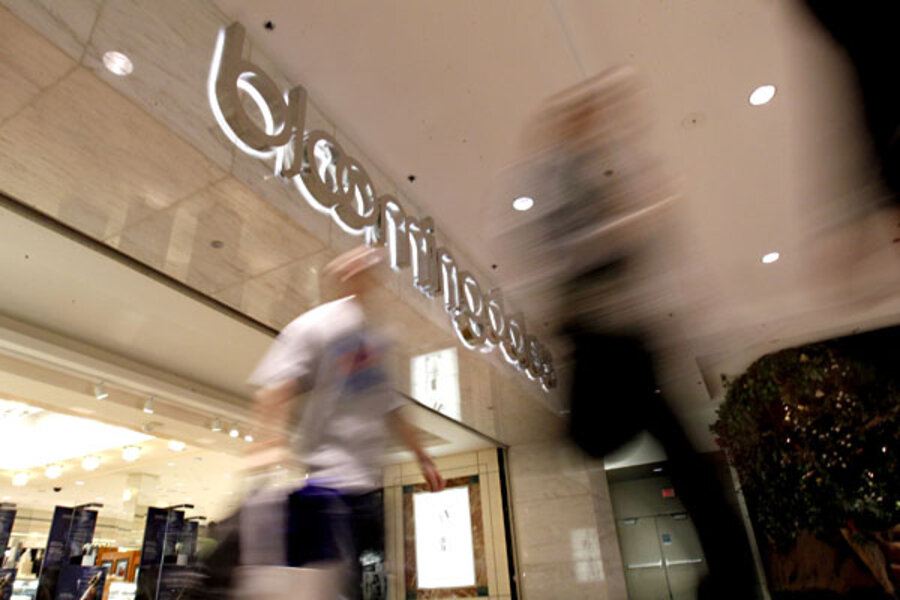The decline of the shopping mall
Loading...
According to Bloomberg, banks are beginning to push short sales consistently for the first time since foreclosures began to pile up back in 2008. Prices really began to fall before the financial crisis, as early as mid-2007 in some places, but banks have long placed numerous obstacles in the way of homeowners who tried to sell their homes for what they were actually worth in the marketplace. Those of us who have worked with real estate agents who do short sales have heard nothing but complaints for years about how banks will stall and prevent short sales in a variety of ways. The result is that the property then goes into foreclosure and ends up selling for far, far less as an REO property post-foreclosure.
Why would banks do this? Well, banks have for years just assumed that home prices would turn around “any day now.” Their army of PhD economists, who ran their little computer models to tell them what would happen, told them to just avoid facing the reality of home prices for just a little while longer, and then everything would be OK. After nothing but declines since 2008, some banks are coming to terms with reality.
The article mentions CoreLogic’s home price index as ongoing proof of price declines, and we could also point to Case-Shiller in which the composite index has declined year over year fro the past 14 months or so, ever since the tax credit ended. In other words, government meddling did nothing but postpone the inevitable.
The New York Times reports on vacant malls across the American landscape. Thanks to declining retailers:
The result is near-record vacancy rates at malls of all kinds, both the big enclosed ones and the sprawling strips. Sears Holdings is closing up to 120 stores, Gap Inc. 200 stores and Talbots 110. Abercrombie & Fitch closed 50 stores last year, Hot Topic, almost the same number. Chains that have filed for bankruptcy in recent years, like Blockbuster, Anchor Blue, Circuit City and Borders, have left hundreds of stores lying vacant in malls across the country.
The political side of this is that these malls were cash cows for state and local governments and now that revenue is drying up. It’s not just that people are buying less stuff, it’s also that a lot of it has moved online, so the stakes are very high for governments seeking to tax internet sales.
Meanwhile, while single-family and retail real estate remains in the dumper, multifamily loan originations spiked 64% in 2011. The multifamily industry is just making up for lost time after almost a decade of misallocation of resources toward single-family mortgages in response to Fannie, Freddie and the Fed pushing homeownership like there’s no tomorrow. Multifamily production and demand suffered from about 2003 through 2009, thanks to government and GSE edicts on mortgages.







